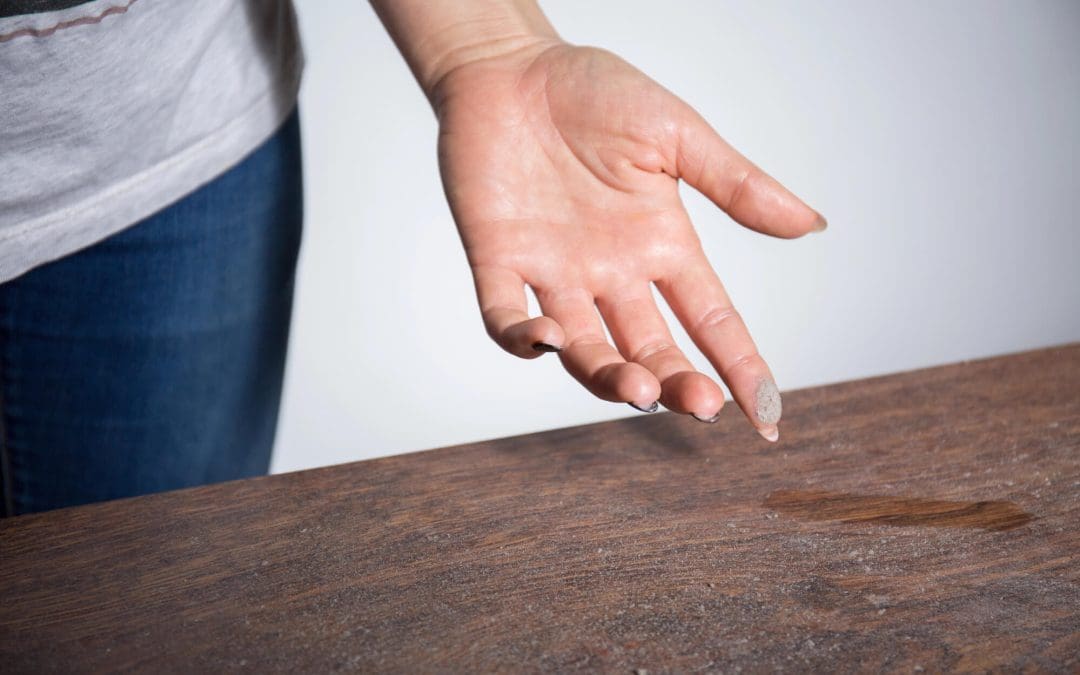Allergies can feel like a constant battle with sneezing, itchy eyes, and other unpleasant symptoms. Fortunately, you can significantly reduce allergens and create a healthier living environment with a few strategic changes. Here’s a step-by-step guide to allergy-proofing your home.
Understanding Common Allergens Before Allergy-Proofing Your Home
Before discussing methods for reducing allergens, it’s essential to understand what they are. Common indoor allergens include dust mites, pet dander, mold, pollen, and cockroach droppings. Each can trigger allergic reactions and worsen asthma symptoms.
Controlling Dust and Dust Mites
Dust mites thrive in warm, humid environments and are a major cause of indoor allergies. To reduce their presence, start with your bedding. Use allergen-proof mattress and pillow covers, and wash all bedding in hot water at least once a week. Vacuum your carpets, rugs, and upholstered furniture regularly using a vacuum cleaner with a HEPA filter to trap allergens effectively. Consider replacing carpets with hard flooring, which is easier to keep dust-free.
Managing Pet Dander While Allergy-Proofing Your Home
If you have pets, their dander can be a problem. To minimize exposure, keep pets out of bedrooms and off upholstered furniture. Bathe and groom your pets regularly to reduce the amount of dander they shed. Additionally, using air purifiers with HEPA filters can help capture pet dander and other airborne allergens.
Preventing Mold Growth
Mold thrives in damp, humid conditions and can grow in bathrooms, kitchens, basements, and any area with water leakage. To prevent mold growth, use exhaust fans in bathrooms and kitchens to reduce humidity. Fix any leaks promptly and use dehumidifiers to maintain indoor humidity levels between 30% and 50%. Regularly clean areas prone to mold with mold-killing products.
Reducing Pollen Entry
Pollen from trees, grasses, and weeds can easily enter your home through open windows and doors. During high pollen seasons, keep windows and doors closed and use air conditioning to cool your home. Consider using an air purifier with a HEPA filter to capture pollen particles that may still find their way inside. Shower and change clothes after spending time outdoors to avoid bringing pollen into your living spaces.
Eliminating Cockroach Allergens
Cockroaches can be a source of allergens, particularly in urban areas. To keep them at bay, maintain a clean and clutter-free home. Store food in sealed containers, dispose of garbage regularly, and promptly clean up crumbs and spills. Seal cracks and crevices to prevent cockroaches from entering your home. If you have a severe cockroach infestation, consider professional pest control services.
Choosing the Right Cleaning Products for Allergy-Proofing Your Home
Many conventional cleaning products contain chemicals that can exacerbate allergies. Opt for fragrance-free or hypoallergenic cleaning products whenever possible. Homemade cleaning solutions using ingredients like vinegar and baking soda can be effective and less irritating for sensitive individuals.
Investing in Air Quality
Improving indoor air quality is crucial for reducing allergens. Invest in a good quality air purifier with a HEPA filter for your main living areas. Regularly change your HVAC system’s air filters and consider cleaning your air ducts professionally to remove dust and allergens.
Allergy-proofing your home requires a combination of regular cleaning, preventive measures, and smart choices in home maintenance. By taking these steps, you can create a more comfortable and healthier living environment, reducing the impact of indoor allergens on your daily life. Prioritize these changes and enjoy the benefits of a cleaner, allergy-free home.
FAQs
What are the best materials for allergy-friendly bedding?
Allergy-friendly bedding includes materials like organic cotton, bamboo, and hypoallergenic microfiber. These materials are less likely to harbor dust mites and allergens than traditional fabrics.
Are there any allergy-friendly flooring options?
Hard flooring options like hardwood, tile, vinyl, and linoleum are more allergy-friendly than carpets. These materials don’t trap dust and allergens and are easier to clean.
How can I control outdoor allergens that enter my home?
To control outdoor allergens, remove shoes at the door, use doormats to trap dirt, shower and change clothes after being outside, and keep windows closed during high pollen seasons. Using an air purifier can also help reduce indoor pollen levels.
How often should I replace air filters in my HVAC system?
It’s recommended to replace air filters every 1-3 months, depending on the type of filter and the presence of pets, smokers, or high allergen levels in your home.
GoPro Home Inspections provides inspection services to homebuyers and sellers in Central Florida. Contact us to request an appointment.

